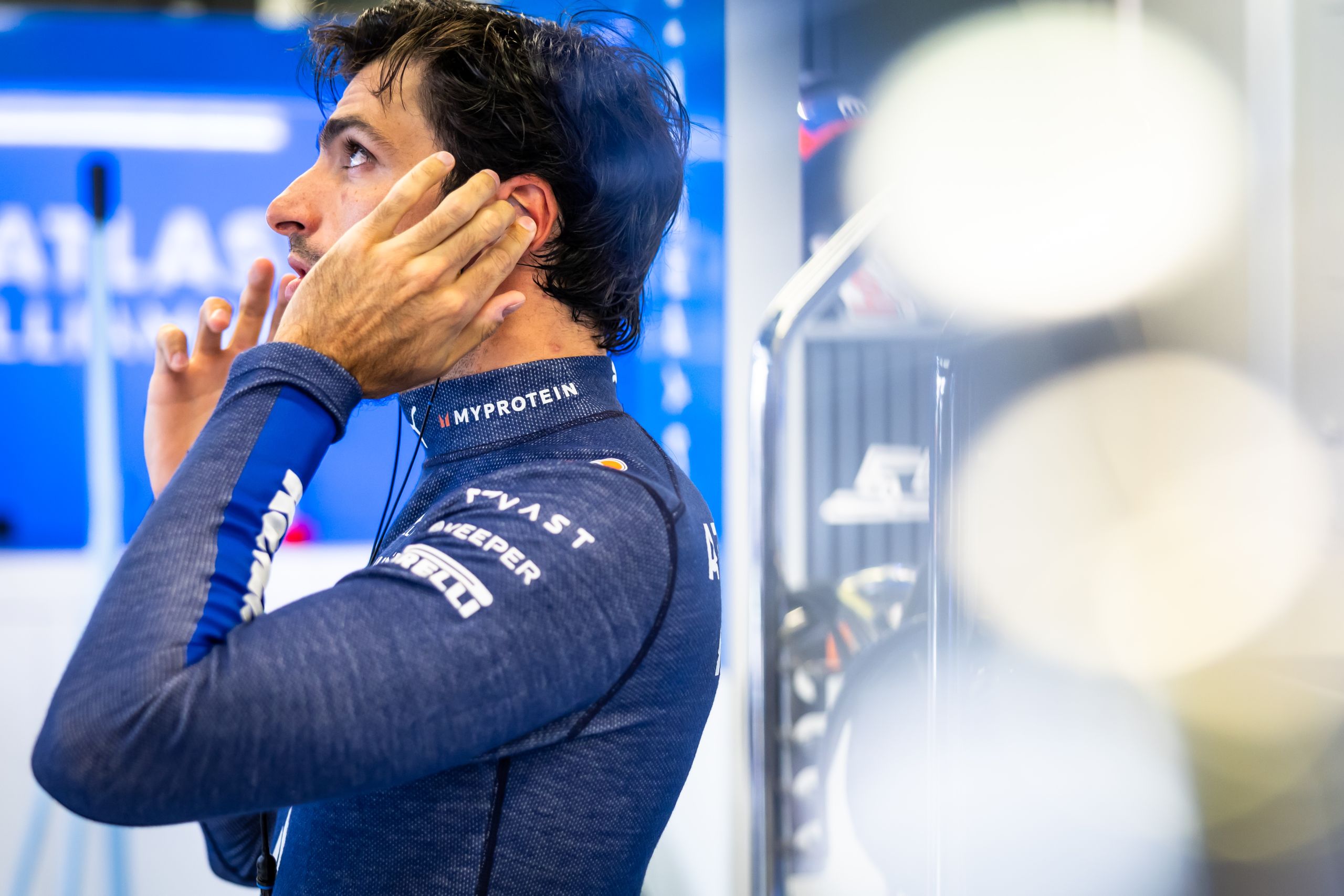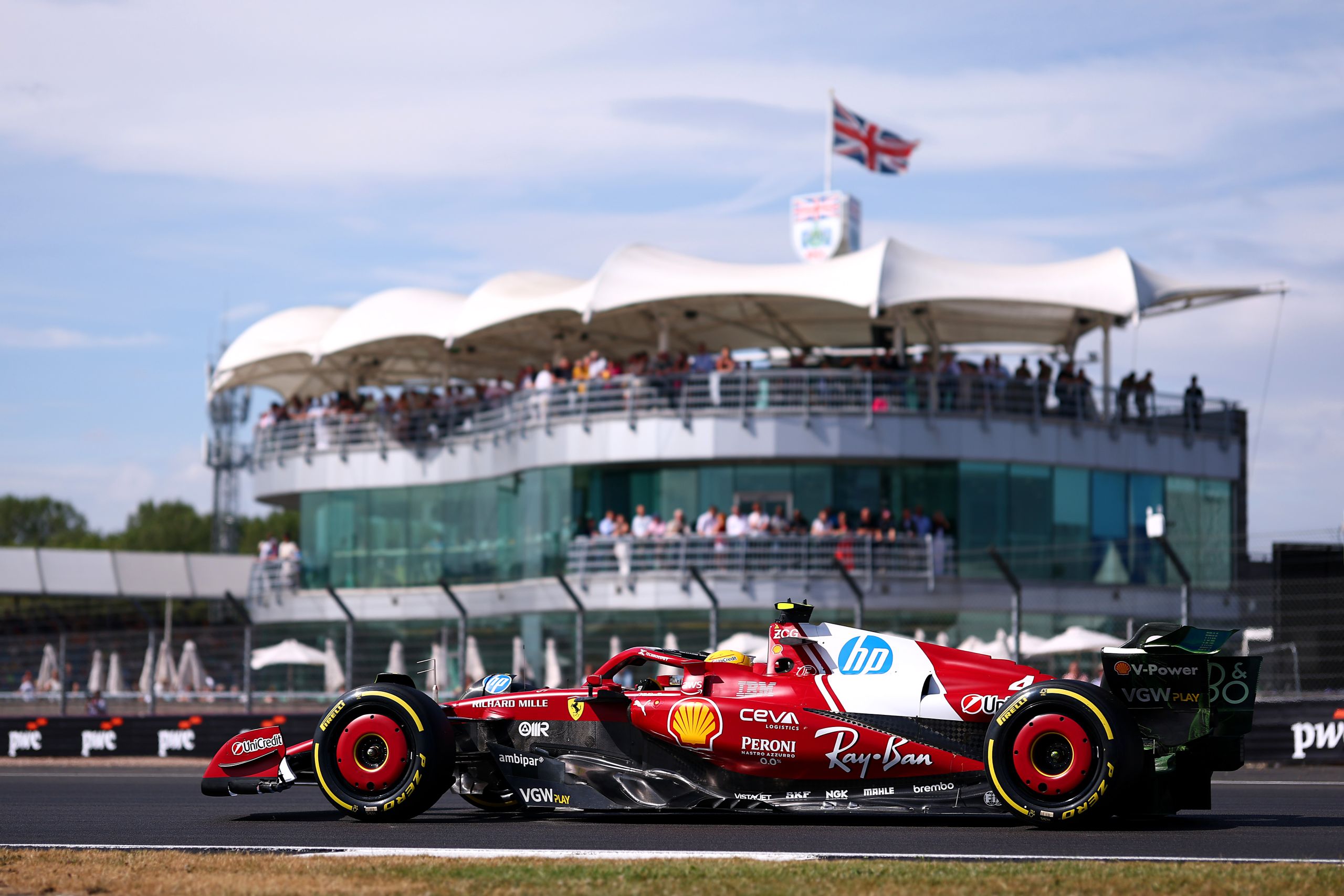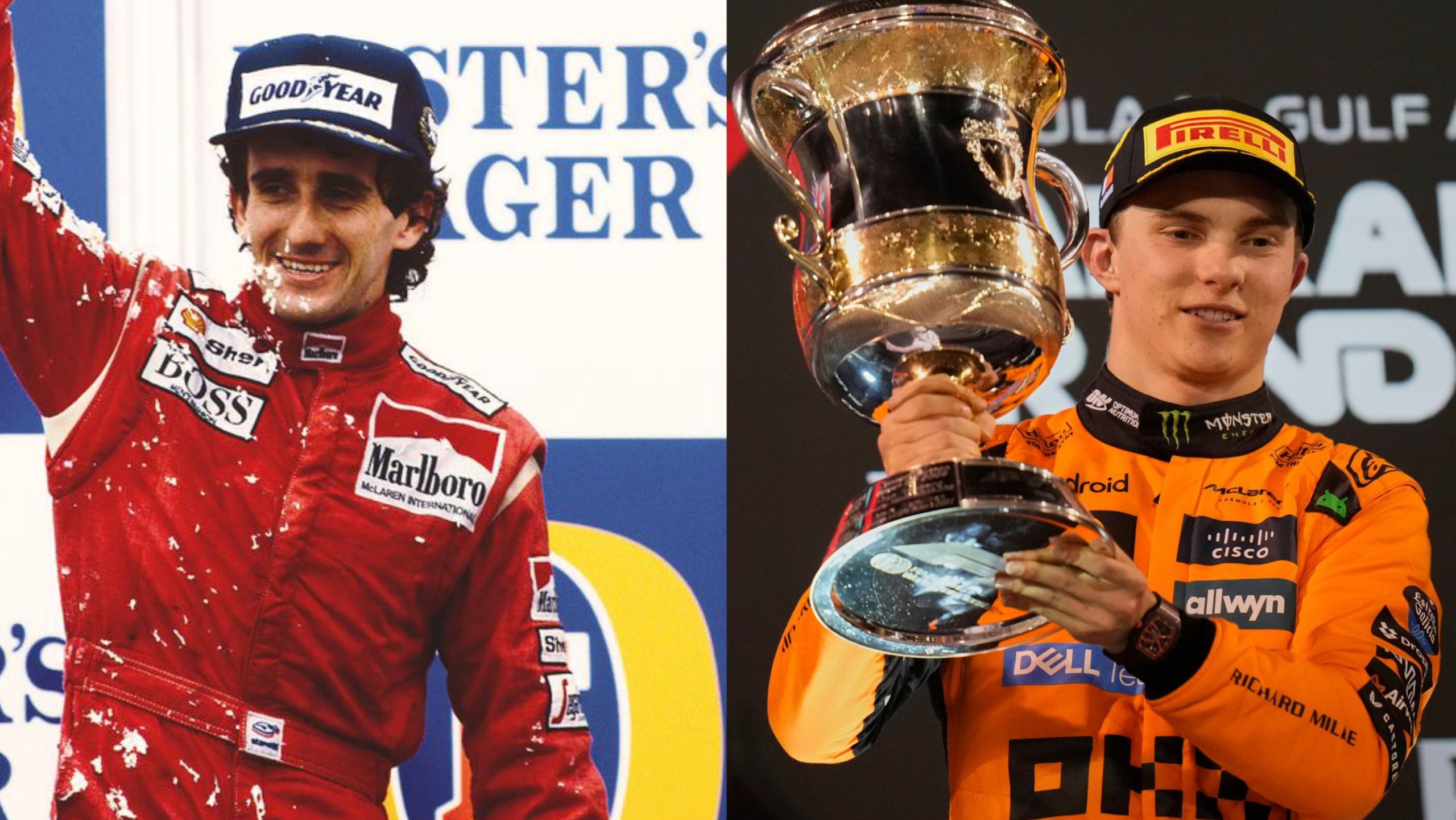Kimi Raikkonen At 45: The Enigmatic Iceman of Formula 1
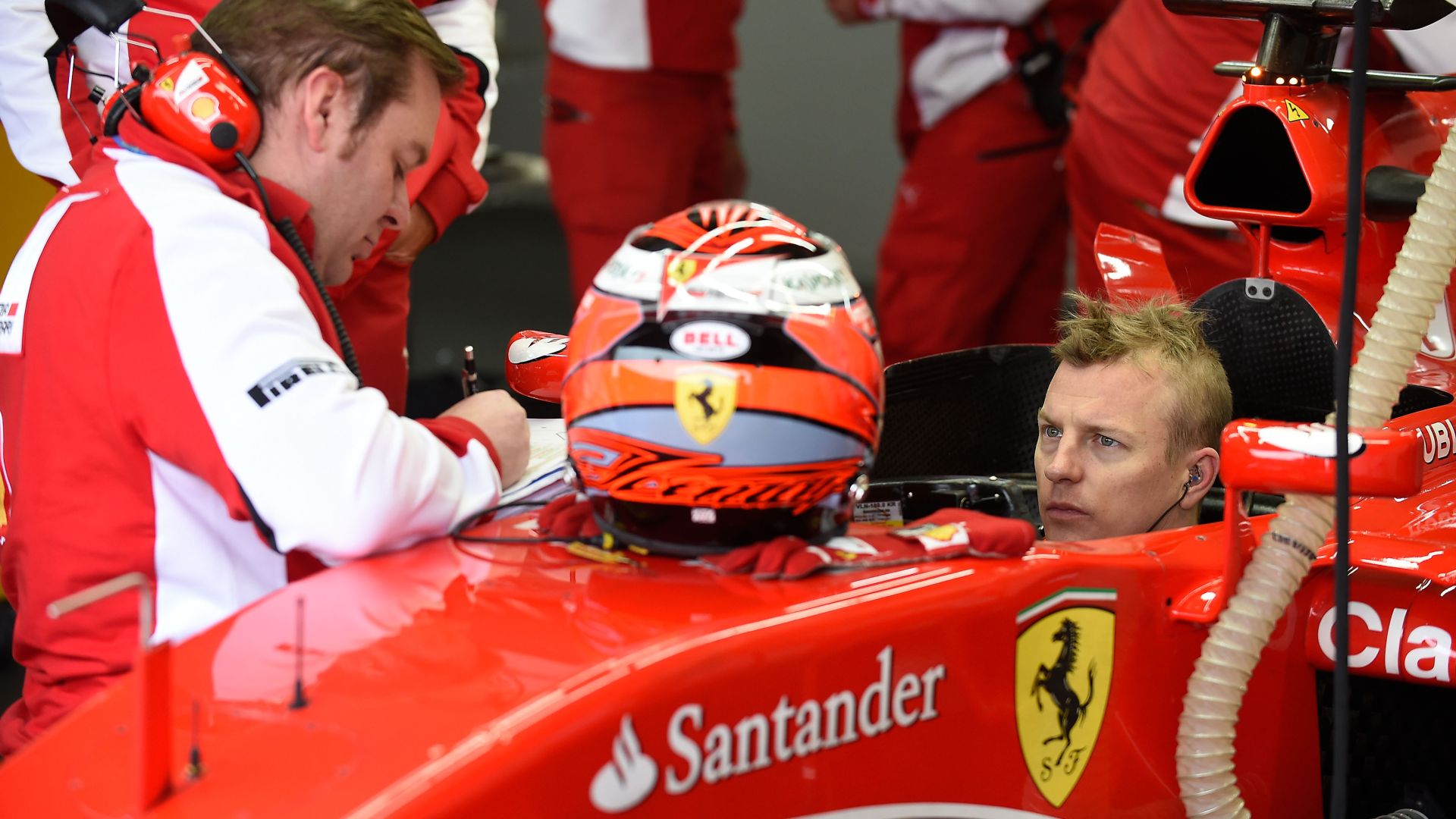
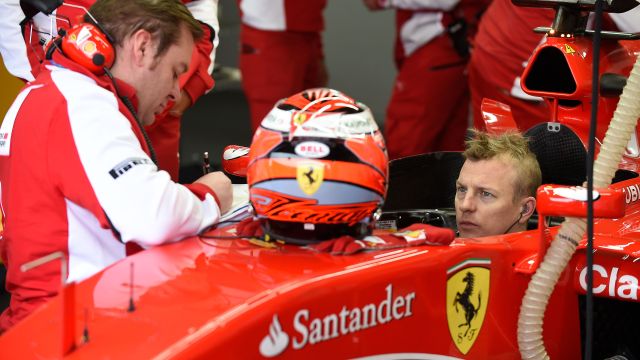
He won at Spa-Francorchamps on four separate occasions.
In 2018, he set a lap that was then the fastest ever in the history of Formula 1; a belter at 1:19:119 amid countless Tifosi.
They couldn’t believe what they were seeing; a 38-year-old setting purple sectors and leaving drivers a little over half his age clueless about grip and superior pace on a track nicknamed the “temple of speed”.
Lewis Hamilton counts himself a big fan and hailed his “massive talent and supremely quick style!” Sebastian Vettel, a teammate at Ferrari, declared him to be the sport’s most natural racing talent in the past two decades.
Fernando Alonso offered respect for the fact that the man won Ferrari’s most recent or last (as some might call it) world championship, circa 2007. The man himself cared little for numbers and reduced milestones as being ‘pure numbers’ and nothing else.
A Fitting Farewell
On the day of his last Formula 1 Grand Prix, which was the 2021 Abu Dhabi Grand Prix, to be precise, he crashed out having lost control of his Alfa Romeo at a tricky corner; thereby failing to score any points whatsoever. And yet, he was declared the “Driver of the day!”
On a day that would not long after his incident be about drama, confusion and, as some called it, a conspiracy to defeat Hamilton and uphold Verstappen, this man was, unarguably, the most pleasant thing about the Yas Marina Grand Prix.
From the time he stepped foot into the dazzling world of F1 to the time he walked away, uncomplicated as ever and unbothered by who said what to whom, Kimi Raikkonen was his own man.
Or as some would call it, unabashedly his own self.
He had no time for theatrics; there was not an iota of effort spent towards dramatizing anything; the focus remained solely and only on speed and doing well for the team.
For someone who scored points on his debut race (the 2001 Australian Grand Prix, a fighting seventh), notched up a hundredth career podium whilst driving a Scuderia Ferrari on Ferrari’s home track at Monza, and stood third in a world championship season aged 38, Kimi Raikkonen defied rational logic in that age didn’t slow him and his reflexes didn’t bail out on him. When he broke the record of the fastest-ever lap set in F1 history, he was in his final season with Ferrari, post which he’d race in F1 for just two more seasons.
As a matter of fact, Raikkonen, famous for his dislike of media or PR, a critical component of the modern F1 driver, was the last of a kind in that the only thing that he cared most about in F1 was racing. Everything else to him was secondary and, truth be told, “bulls*it” as he’d once famously described it. So utterly committed was Kimi to his craft and passion for racing that he translated years spent behind the wheel into phenomenal success.
Surely his natural talent in an F1 car should have earned him more titles than he achieved; picture the desperately close contests he held against Alonso and Schumacher whilst competing in a McLaren.
But it wasn’t to be. And yet, the very fact that 103 of his 349 F1 race starts were podiums goes to show that nearly a third of the races the Finn participated in saw Kimi scoring a top-three finish.
The Iceman’s Persona
Nicknamed the “Iceman” for his cool persona and the ability to stay unaffected by pressure, it wasn’t that Raikkonen was a saint on the racing grid. He did let it out occasionally; for instance, the 2017 Azerbaijan GP, where he had to finally raise his voice over team radio in the wake of the restart of the Grand Prix with his engineer failing to hand back his gloves and steering wheel in time. Another incident saw Raikkonen giving it back to his team over the radio in the wake of a confusion with regard to a planned pit stop where immediately after being instructed to box, he was told to “Stay out.. stay out.”
But not once did Kimi Matias Raikkonen have a meltdown. Not once was he accused of being tricky or participating in some dirty diving tactics of the kinds many top-notch names have displayed and got away with.
As a matter of fact, the more Kimi spent time in F1, it could be argued, the more aloof from numbers and records he became.
When his Alfa Romeo team under the guidance of Fred Vasseur cut a cake at Monaco upon the world champion having scored his 300th F1 start, Raikkonen genuinely pleased the team not to make a “big deal” out of the event.
But his keenness to demonstrate restraint from big celebrations or hype-creating events reached a whole new level when despite being subjected to oodles of video tributes and best wishes on the eve of his last F1 GP, Kimi offered a poker-faced expression as if nothing inside of him had moved. He was thankful for the wishes sent by fans but shared candidly on F1.com that “I’m not a fan of these things”, when referring to feeling emotional about his exit from the sport.
And this is something that must be subjected to a philosophical query of sorts.
A Monk on Four Wheels?
Was Kimi Raikkonen, a highly skilled, if also a seemingly lazy driver on certain occasions, F1’s monk on four wheels?
Could Kimi’s talent at channeling the inner quiet and detaching himself from the fanfare and fame that F1 brought him be some sort of a guidebook for shaping focus and developing character? Could this be the template that most of today’s social media-obsessed youth that hop on not just from a relationship to another but also from a lap to another use to develop inner calm?
Having once been a young, fast, bold, and daring driver to becoming a Ferrari world champion in 2007, Kimi stood for determination without blowing his own trumpet.
A product of strong middle-class family values, Raikkonen doesn’t only deserve praise for his racing prowess, and prowess he certainly had, given several instances where he shone brightly, such as the 2014 Belgian GP where he pushed a barely drivable Ferrari (F14T) to a fighting fourth at Spa.
The Espoo-born racer also deserves credit for constantly driving the wheels off some of the worst cars he was given to compete with, with the expectations tied to him being paramount.
Consider 2009, a year where he was paired with a recalcitrant Ferrari and yet managed to defeat Force India’s Giancarlo Fisichella at Spa to end his season duck by notching up a famous victory at Belgium.
For all he did, and he even mentored Antonio Giovinazzi in a sense during the pair’s time at Alfa Romeo (formerly Sauber), Kimi Matias Raikkonen never dramatized things, stayed focused, and kept his emotions under check and mostly, only to himself.
That’s when he did deliver instances of textbook study amid really tricky situations, such as the Portimao, Algarve-based 2020 Portuguese GP. As rain came down rather heavily on a track that within the opening lap became drenched, Kimi mounted a performance for the ages.
Inside the space of a single and dazzlingly fast opening lap, he went from sixteenth to sixth in an Alfa Romeo with which he overtook several cars that were more powerful and faster than his strictly-meant-for-the-midfield machine. The lap is still counted among the world’s best opening laps in F1 history.
But having said it all, it could be added that Kimi’s enduring enigma is partly down to his no-nonsense attitude but partly also to great work ethics. His focus was on constantly giving feedback on car performance to his engineers. When Kimi drove on the track, his entire crew drove with him in a sense.
And together, a supremely sorted character of F1 and his bunch of committed engineers made a sport that’s so often complicated, enjoyable, and simple. Isn’t the purpose of life that, at some stage? Happy 45th, Iceman.


